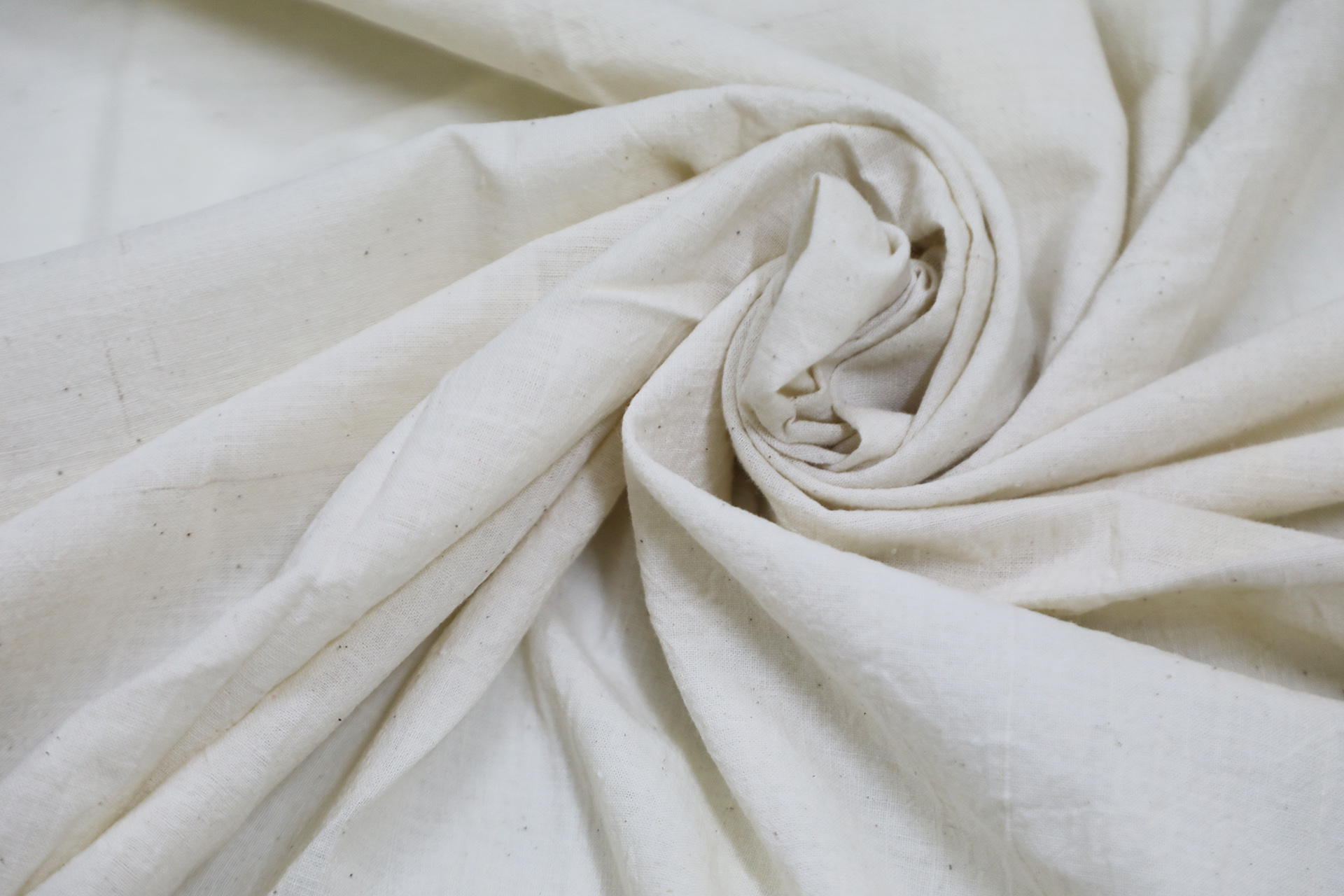
Cotton, often referred to as the "fabric of our lives," is a versatile and widely used natural fiber. However, not all cotton is created equal. The quality of cotton can vary significantly, impacting its durability, comfort, and overall value. In this article, we will delve into the intricacies of cotton quality and provide you with expert insights on how to identify the finest cotton fibers. Whether you're a fashion enthusiast, a textile industry professional, or simply someone who appreciates high-quality fabrics, this guide will help you make informed decisions when it comes to cotton.
- Fiber Length and Strength:
One of the key indicators of cotton quality is the length and strength of its fibers. Longer fibers, known as staple length, are generally considered superior as they result in smoother, more durable fabrics. To assess the fiber length, look for terms like "long-staple" or "extra-long-staple" on product labels. These varieties, such as Egyptian or Pima cotton, are renowned for their exceptional quality. Additionally, cotton with higher tensile strength tends to be more resilient and less prone to tearing or pilling. - Fiber Uniformity and Consistency:
Another crucial aspect of cotton quality is fiber uniformity and consistency. High-quality cotton fibers should have a consistent diameter throughout, ensuring evenness in the fabric's texture and appearance. To evaluate this, examine the cotton closely for any irregularities or variations in thickness. A uniform fiber structure contributes to better dye absorption, resulting in vibrant and long-lasting colors. - Fineness and Softness:
The fineness and softness of cotton fibers greatly influence the comfort and feel of the fabric. Fine cotton fibers, often referred to as micronaire, are associated with a luxurious touch and a smoother texture. Look for terms like "supima" or "combed cotton" to identify cotton with finer fibers. Additionally, the softness of cotton can be assessed by gently touching and rubbing the fabric against your skin. High-quality cotton should feel soft, smooth, and pleasant to the touch. - Absorbency and Breathability:
Cotton's ability to absorb moisture and allow air circulation is another important factor in determining its quality. Good-quality cotton fibers have excellent absorbency, making them ideal for garments and textiles that need to wick away moisture. Additionally, cotton's breathability ensures comfort by allowing air to pass through the fabric, preventing excessive heat buildup. To assess these properties, consider the cotton's weight, weave, and construction. - Fabric Appearance and Durability:
While the quality of cotton fibers is crucial, the fabric's appearance and durability also play a significant role. Look for tightly woven fabrics with a smooth surface, as they are less prone to snagging or fraying. Additionally, examine the fabric for any signs of pilling, fading, or shrinkage. High-quality cotton fabrics should maintain their shape, color, and overall integrity even after repeated use and laundering.
Conclusion:
Identifying good-quality cotton involves considering various factors, including fiber length, strength, uniformity, fineness, absorbency, breathability, fabric appearance, and durability. By paying attention to these aspects, you can make informed choices when purchasing cotton products. Remember to look for specific terms on product labels that indicate superior cotton varieties. Whether you're selecting cotton for clothing, bedding, or other textile applications, understanding the nuances of cotton quality will help you appreciate the true value of this remarkable natural fiber.